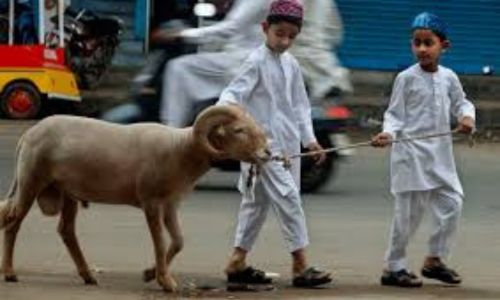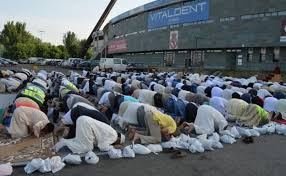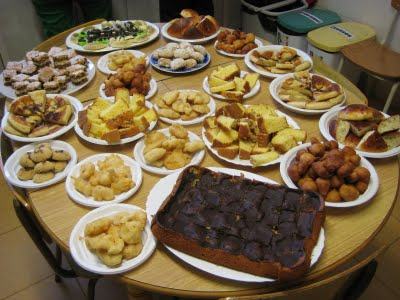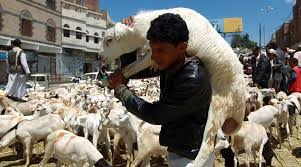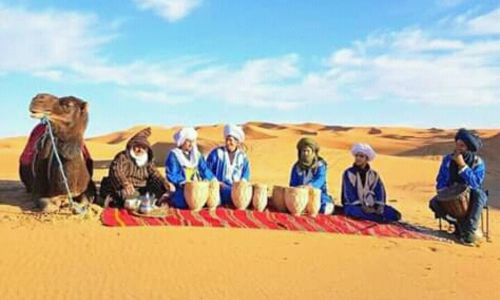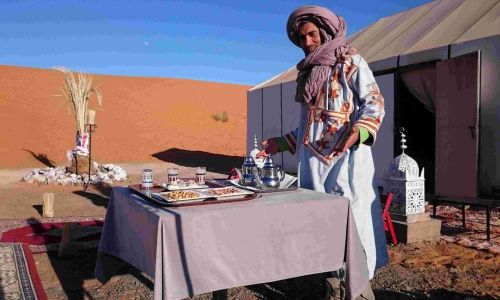Feast of the Lamb Prayer
Slaughter must take place after the Great Prayer in slaughterhouses approved by the public authorities in strict compliance with the health regulations in force and the religious principles governing ritual slaughter, says the Great Mosque in Paris. This means that it is strictly forbidden to sacrifice the animal at home. Once the sheep has been skinned, drained of its blood and cut, it can be consumed. In the Koran, the sura “The Pilgrimage” says: “Eat it yourself and make the wretch eat it. According to tradition, Muslims keep one third of the sheep for themselves, offer one third to friends and neighbours and the last third as alms for the needy. Indeed, the one who cannot afford it does not have to buy a sheep.

